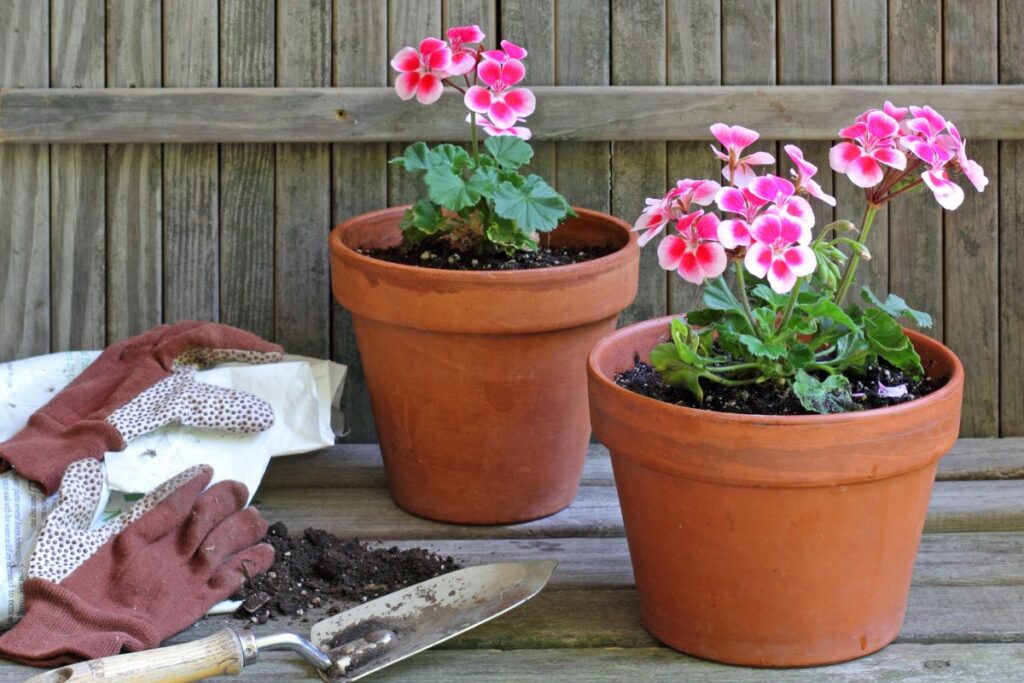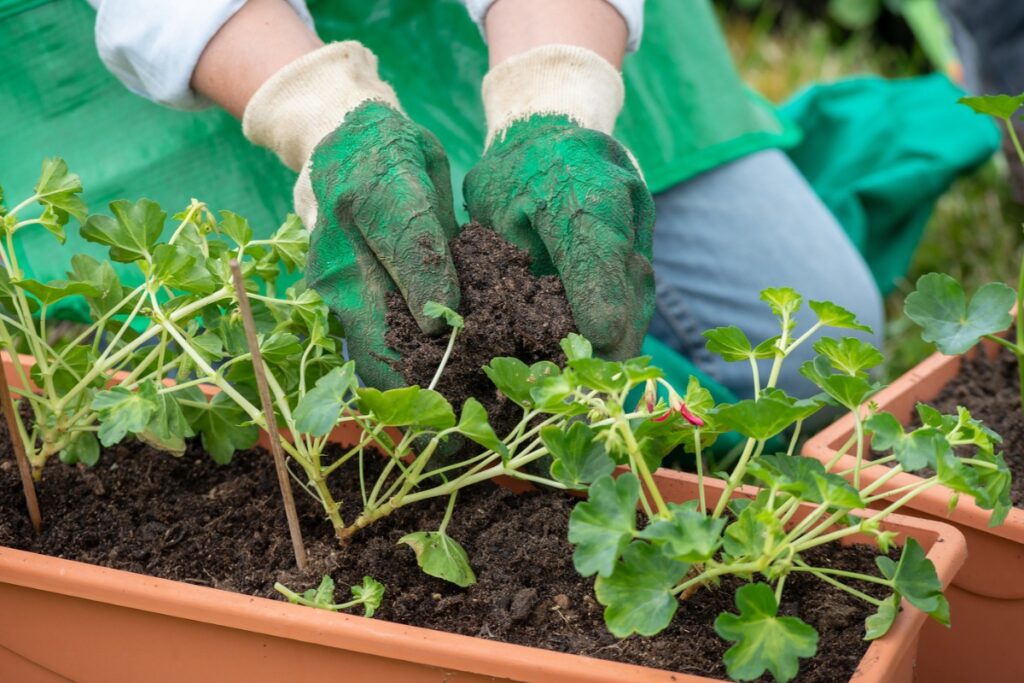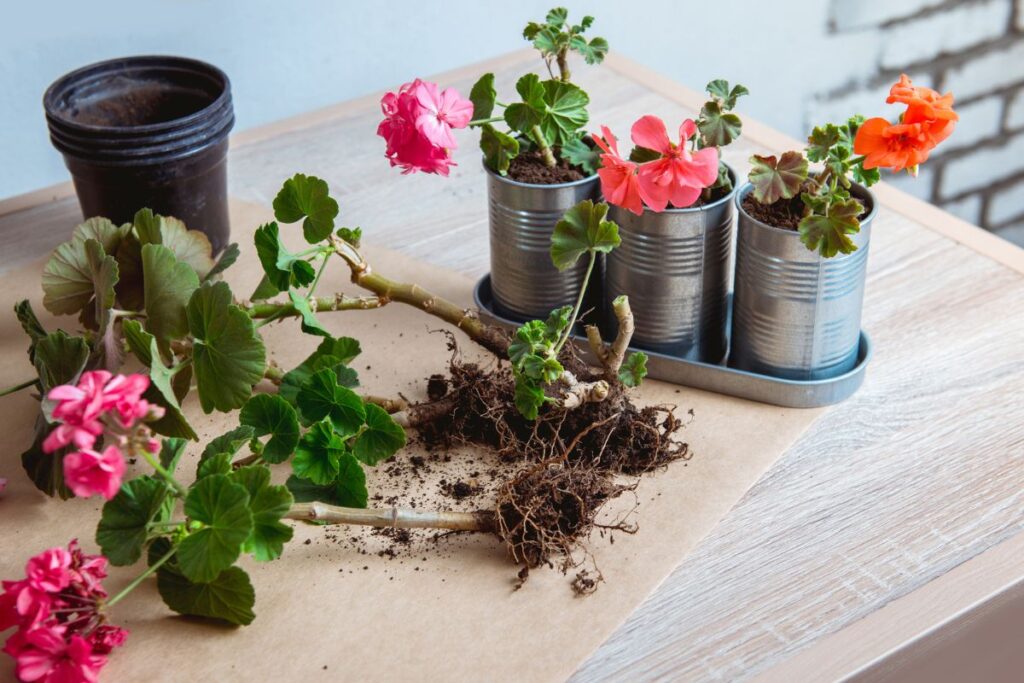Love vibrant geraniums?
Want them to bloom all season long?
These 5 simple methods will ensure your geraniums stay gorgeous and full of flowers.
Ready for enduring beauty?
Let’s dive in!
Causes of Geraniums Not Blooming

When your geraniums aren’t showcasing their usual vibrant blooms, it’s often due to a few manageable factors. Poor soil quality, insufficient warmth, an overabundance of nitrogen from fertilizers, or a shortage of sunlight can all contribute to the lack of flowers. To encourage blooming, assess and adjust these conditions:
- Soil Quality: Ensure it drains well and is fertile.
- Temperature: Geraniums thrive in warm environments.
- Fertilizer: Use a balanced fertilizer, avoiding high-nitrogen variants.
- Sunlight: Provide ample direct sunlight, aiming for six hours per day.
For more consistent blooms, consider planting varieties like ‘Orion’ (blue), ‘Ballerina’ (pink), or ‘Tiny Monster’ (magenta), known for their extended blooming periods.
Steps to Ensure Geraniums Bloom

1. Enhance Soil Quality
To ensure geraniums flourish, choose a well-draining soil. Dense, water-retentive soil must be avoided. Incorporate organic compost to enrich the soil, along with perlite or peat moss to enhance its drainage capabilities. Consider planting suitable companions that share geraniums’ soil preferences.
2. Ensure Adequate Sunlight
Geraniums require at least 4 hours of direct sunshine to bloom efficiently, with 6 to 7 hours being optimal. While they tolerate partial shade, their flower production will diminish in such conditions.
3. Divide Mature Plants

Geraniums benefit from division, especially mature ones. In the dormant season, remove the plant, divide the rootball ensuring each section has a few branches and roots, and replant. Well-watered and with optional fertilizer application, these divisions will lead to more flowers.
4. Implement Pruning and Deadheading
Pruning back by a third after the initial bloom and removing faded flowers encourages the development of new, healthy foliage and buds. Remove spindly stems to prioritize plant energy towards flowering.
5. Apply Balanced Fertilizers
While geraniums aren’t voracious feeders, they respond well to balanced fertilization. Apply a balanced fertilizer once in the growth season, avoiding high-nitrogen options. Use water-soluble fertilizers at half the recommended strength to prevent root burn, especially after planting.

